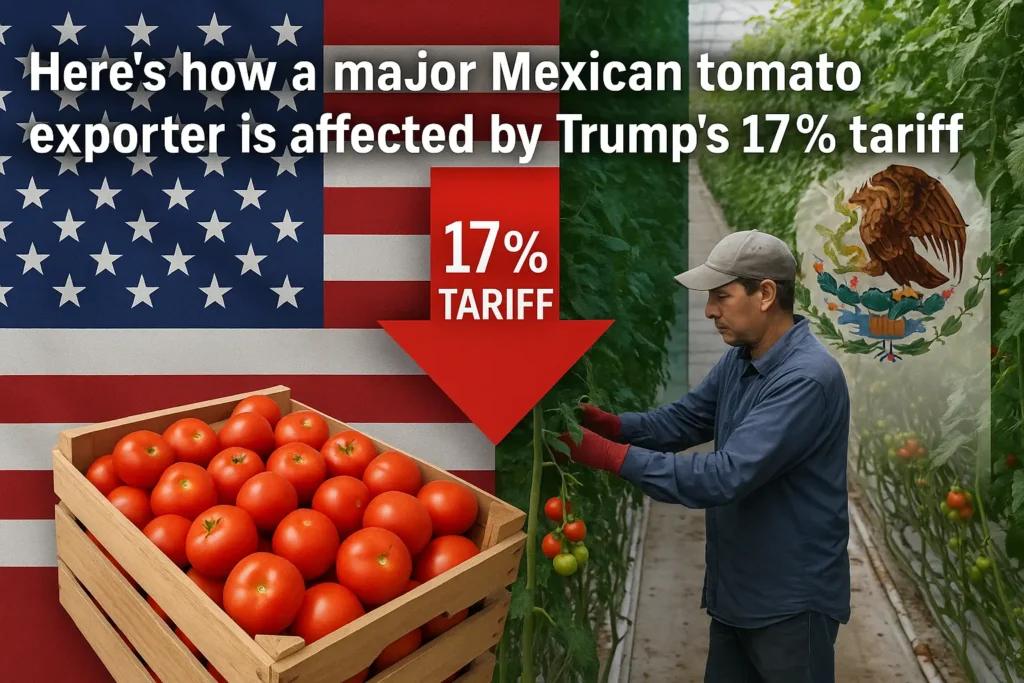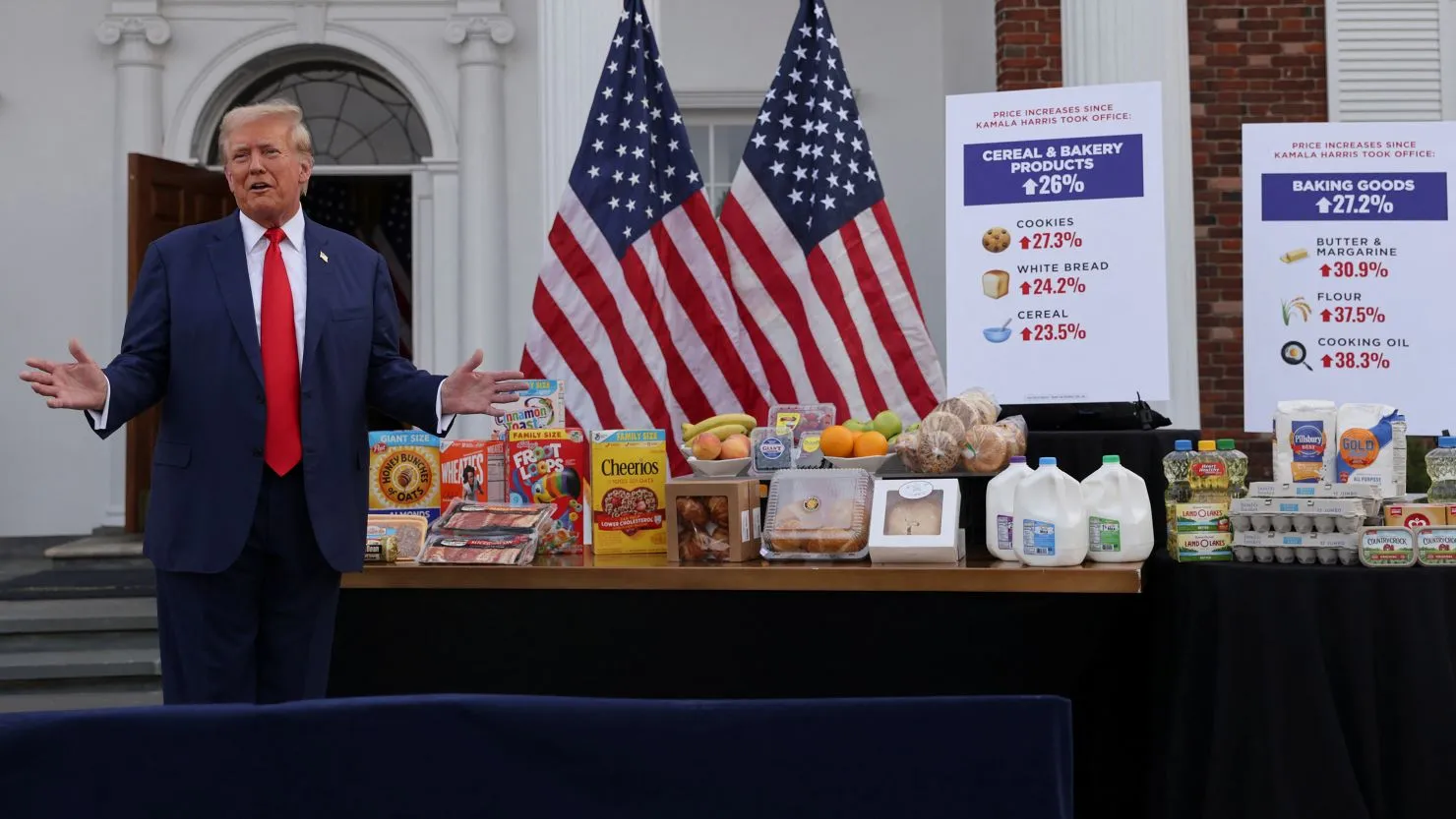Home Depot announced it will raise some prices due to higher tariffs on imports. Here’s what it means for shoppers, contractors, and the broader home improvement market.
Table of Contents
Home Depot Says It Will Raise Some Prices Because of Tariffs
Introduction
Home Depot, America’s largest home improvement retailer, has confirmed that it will raise some of its prices as U.S. tariffs on imported goods increase. The announcement comes amid a complex economic backdrop of high interest rates, slowing housing activity, and cautious consumer spending. While Home Depot emphasized that the price hikes will be limited to select categories, the move signals how trade policy and broader economic uncertainty are shaping the retail landscape.
The retailer’s decision follows its latest quarterly earnings report, which showed higher sales but weaker profits. Executives noted that tariffs, mortgage rates, and shifting consumer sentiment are all influencing purchasing behavior — particularly when it comes to big-ticket renovation projects.
This analysis explores why Home Depot is making this change, which products could be affected, and how the decision ties into broader economic trends.
Why Home Depot Is Raising Prices
During an interview with The Wall Street Journal, Home Depot CFO Richard McPhail explained that tariff rates on imported goods have risen significantly compared to last quarter. “So as you would expect, there will be modest price movement in some categories, but it won’t be broad based,” McPhail said, later confirming the comments to CNN.
Until now, Home Depot had avoided committing to specific pricing adjustments, saying earlier this year that tariffs might lead the company to stop offering some items instead of raising prices. But with costs rising more sharply, the company now acknowledges that customers will see certain price increases on store shelves.
The Impact of Tariffs on Retailers
Tariffs function like a tax on imports. When they rise, businesses must choose between absorbing the cost — which reduces profit margins — or passing it on to customers through higher prices.
For retailers like Home Depot, which imports nearly half of its inventory, tariffs present a significant challenge. The company has previously said it aims to diversify its supplier network so that no single foreign country provides more than 10% of its goods. This strategy helps reduce exposure to trade disputes, but in the short term, tariffs are still pushing costs higher.
Other retailers face similar pressures, particularly in sectors that rely heavily on imported materials and products, such as electronics, furniture, and construction supplies.

What Products Could See Higher Prices?
Home Depot has not provided a detailed list of which products will see price adjustments. However, given the nature of U.S. tariffs, categories likely to be affected include:
- Tools and hardware imported from Asia.
- Building materials such as flooring, plywood, and certain metals.
- Lighting fixtures and electrical supplies sourced internationally.
- Home décor and furniture items that are often manufactured abroad.
The company emphasized that the changes will not be broad-based. Customers shopping for basic goods and domestically sourced products may not see price increases. Still, contractors and consumers working on large renovation projects should prepare for some added costs.
Home Depot’s Financial Picture
Despite challenges, Home Depot reported a 5% sales increase year-over-year in its most recent quarter. However, net income slipped 0.2% due to higher operating costs — including tariffs and wage expenses.
Executives also warned that full-year earnings per share could fall about 2% as consumers delay major renovation projects. CEO Ted Decker noted that high mortgage rates are weighing heavily on demand.
“Certainly some relief on mortgage rates in particular could help,” Decker said. With rates hovering around 7%, many homeowners are holding off on upgrades, kitchen remodels, and other big investments.
Consumer Behavior and Economic Uncertainty
Interestingly, Home Depot executives pointed out that the main reason customers are deferring large projects is not simply price increases, but economic uncertainty.
“When we talk to our customers — both consumers and pros — the number one reason for deferring the large project is general economic uncertainty,” McPhail explained. “That is larger than prices of projects, of labor availability. By a wide margin, economic uncertainty is number one.”
This insight reflects a broader trend across U.S. consumer markets. With inflation still elevated, interest rates high, and recession concerns lingering, households are choosing to postpone major financial commitments.

Long-Term Outlook for Home Improvement Demand
Despite the near-term slowdown, Home Depot remains optimistic about long-term demand. Executives stressed that deferred projects are not canceled — they are simply delayed until conditions improve.
“Our pros say that their customers tell them they’re deferring projects. They’re not canceling projects. Home improvement demand persists. And so our job is to position ourselves to be ready for that,” McPhail said.
In other words, while higher tariffs and interest rates may slow demand now, the underlying need for home improvement — driven by aging housing stock, lifestyle changes, and long-term investment — remains strong.
Broader Economic Implications
Home Depot’s pricing shift highlights several important economic themes:
- Trade Policy and Inflation: Tariffs, intended as leverage in international trade, also contribute to higher consumer prices. Retailers must navigate between competitiveness and profitability.
- Housing Market Pressures: With mortgage rates near 7%, fewer people are buying homes or investing in costly renovations. This directly affects demand for home improvement goods.
- Corporate Resilience: Companies like Home Depot are balancing cost pressures while positioning themselves for future demand. Their ability to adapt supply chains will be critical.

Conclusion
Home Depot’s decision to raise some prices reflects the reality of operating in a tariff-driven economy. While the company has worked to absorb costs and diversify its supply chain, rising import taxes have made certain increases unavoidable.
For consumers, the impact will likely be modest but noticeable in specific product categories. For the economy, it underscores how trade policy, interest rates, and consumer confidence intersect to shape demand.
As the housing market stabilizes and economic uncertainty eases, Home Depot expects deferred projects to return — a sign that while the short-term outlook may be cautious, the long-term fundamentals of home improvement remain strong.
FAQs
1. Why is Home Depot raising prices?
Home Depot is adjusting some prices because of higher tariffs on imported goods. The company says the increases will be modest and limited to certain categories.
2. Which products will cost more?
Home Depot has not released a list, but products like tools, building materials, lighting, and imported home décor are most likely to be affected.
3. How much of Home Depot’s inventory comes from abroad?
Just under half of Home Depot’s inventory comes from international suppliers. The company is diversifying its supply chain so no country supplies more than 10%.
4. How are mortgage rates affecting Home Depot sales?
High mortgage rates, currently around 7%, are discouraging consumers from taking on major renovation projects, leading to slower demand for big-ticket items.
5. Is demand for home improvement disappearing?
No. Customers are deferring — not canceling — large projects. Home Depot believes demand will rebound once economic uncertainty and interest rates ease.
